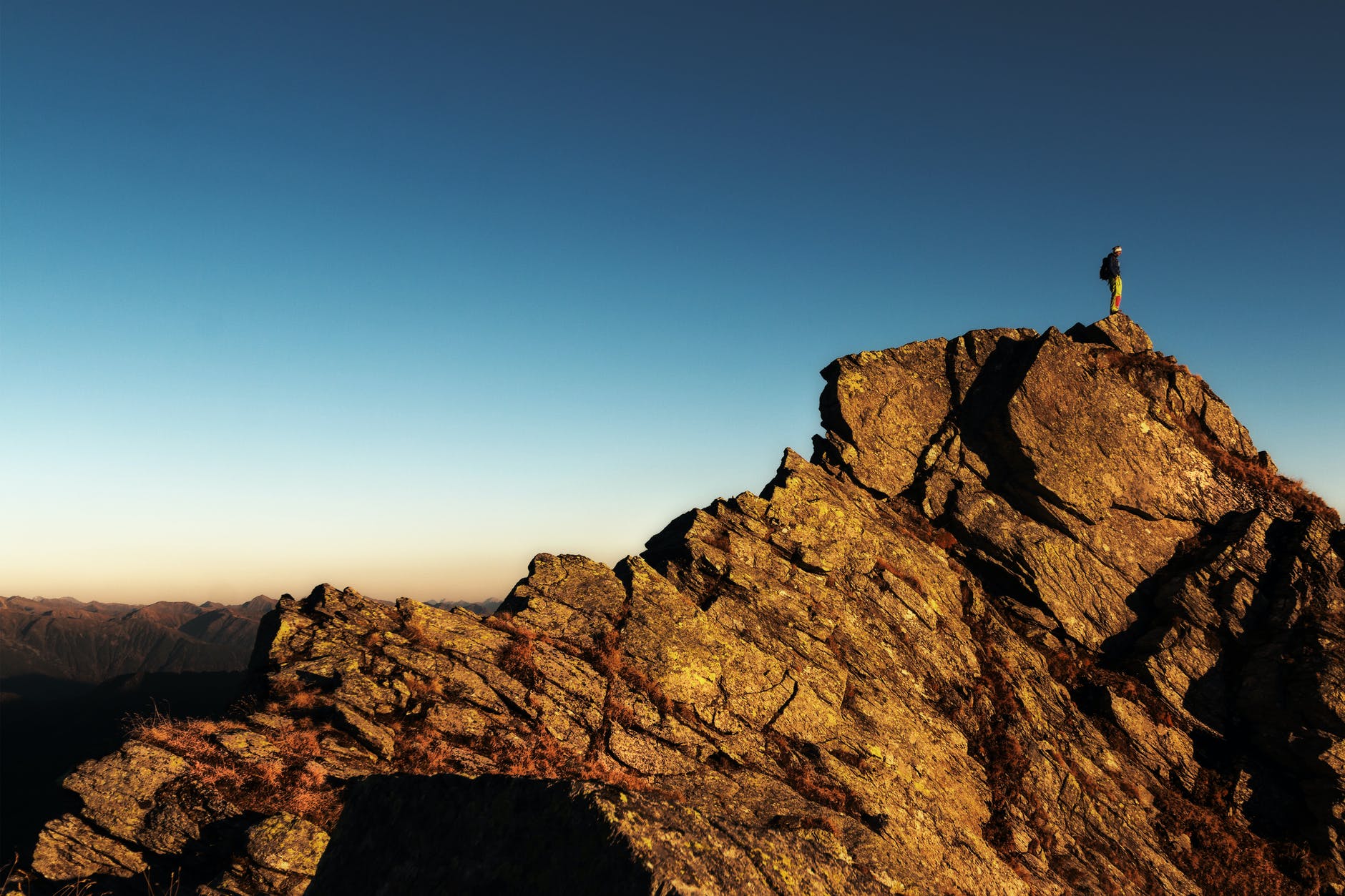Category: Science
-
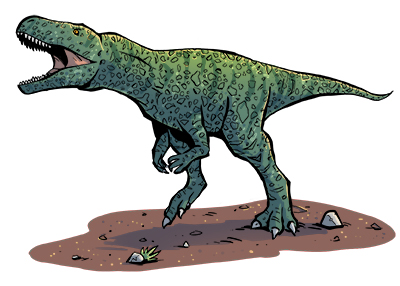
On February 20th, 2024, I was driving home from the grocery store listening to NPR when a news segment came on describing that it was the 200th anniversary of the first scientific dinosaur name pronunciation. The story described that back in 1824 a man named William Buckland, looking at bones and fossils found outside of…
-
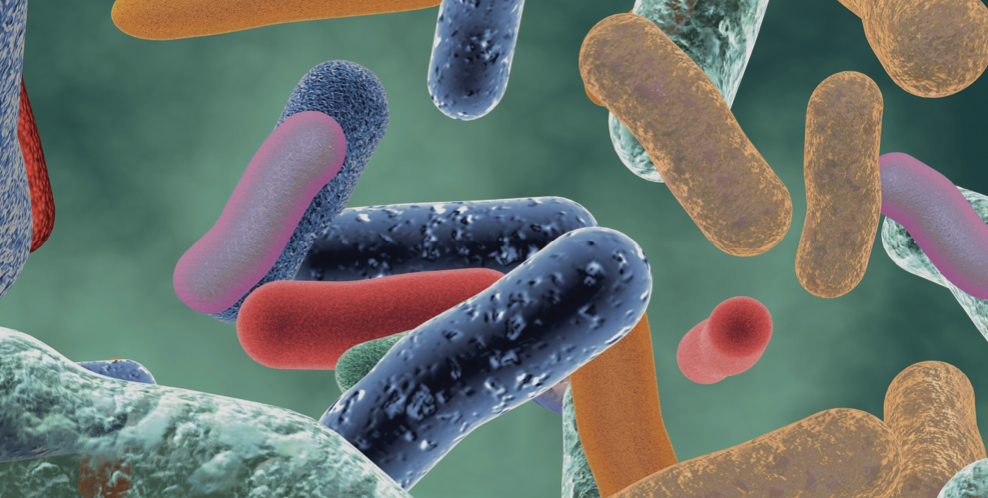
In 2016, a group of scientists publishing in PLOS Biology estimated that our bodies contain not the commonly accepted 10 human cells for every one microorganism, but something closer to a 1-to-1 ratio — with these tiny counterparts collectively weighing 4 or 5 pounds. This “other half” of us plays a vital role in human…
-
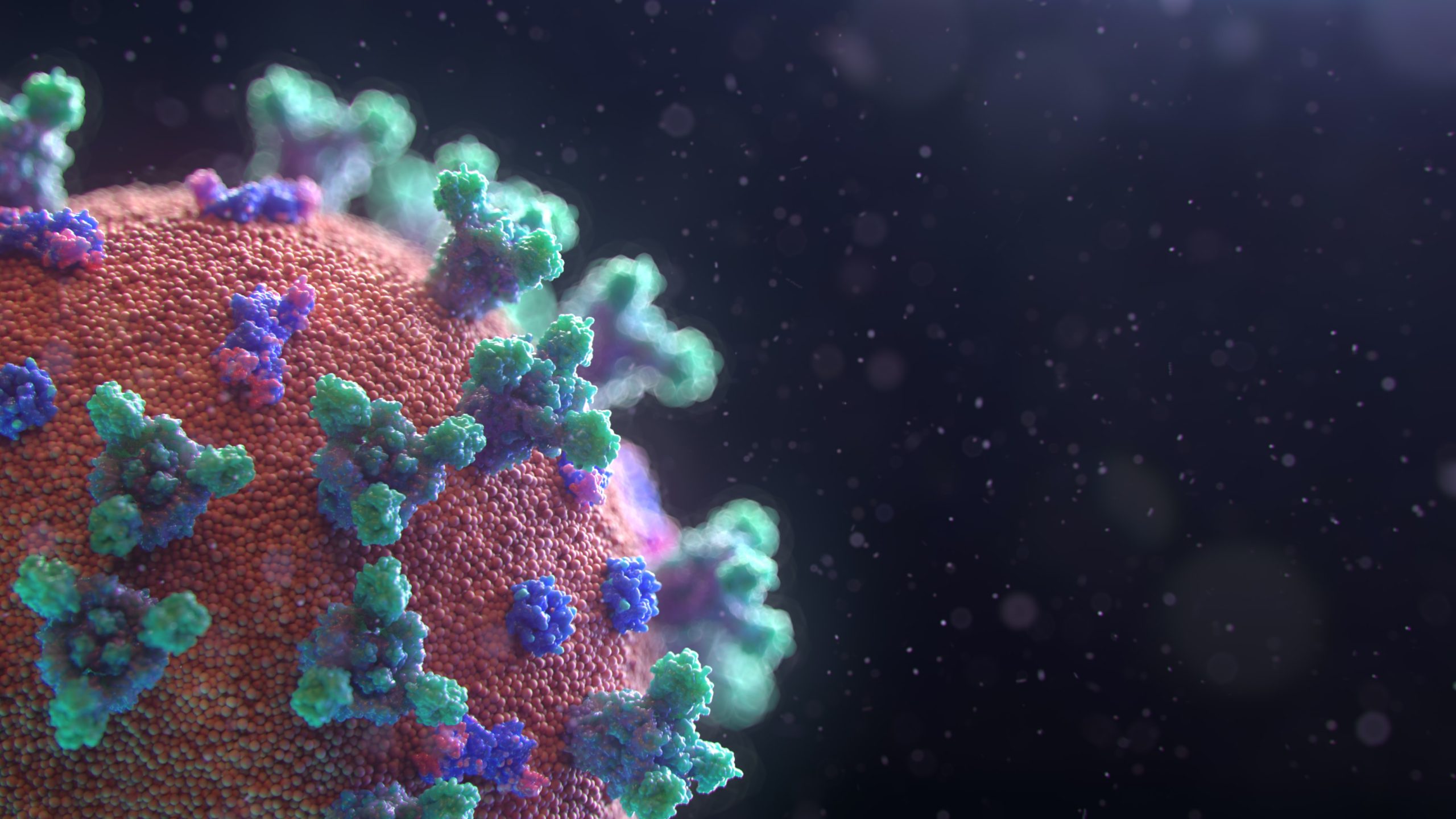
Note: This piece was published as a Commentary in the journal Structure! You can find it (paywalled) here, but I’m allowed to share the submitted version open access on my blog! Hope you enjoy, it’s one of my favorite things I’ve written to date. During global pandemics, the spread of information needs to be faster…
-
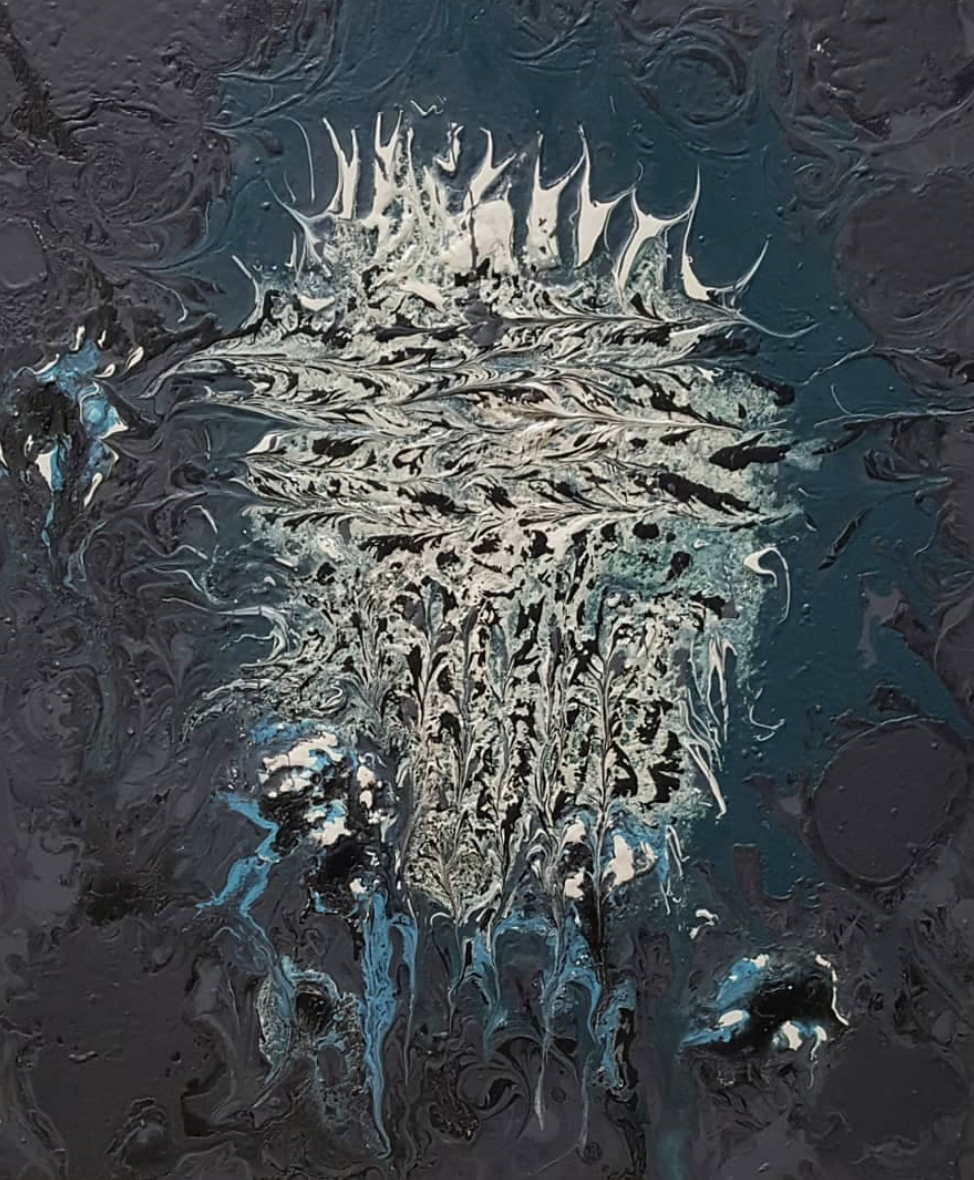
Note from the author: I’ve always been interested in philosophy and have wanted to try and merge my philosophical readings with science writing for a while. The bold title gets its inspiration from an influential essay (Existentialism is a Humanism) by Jean Paul Sartre, which states, among other things, that individuals are responsible for themselves…
-
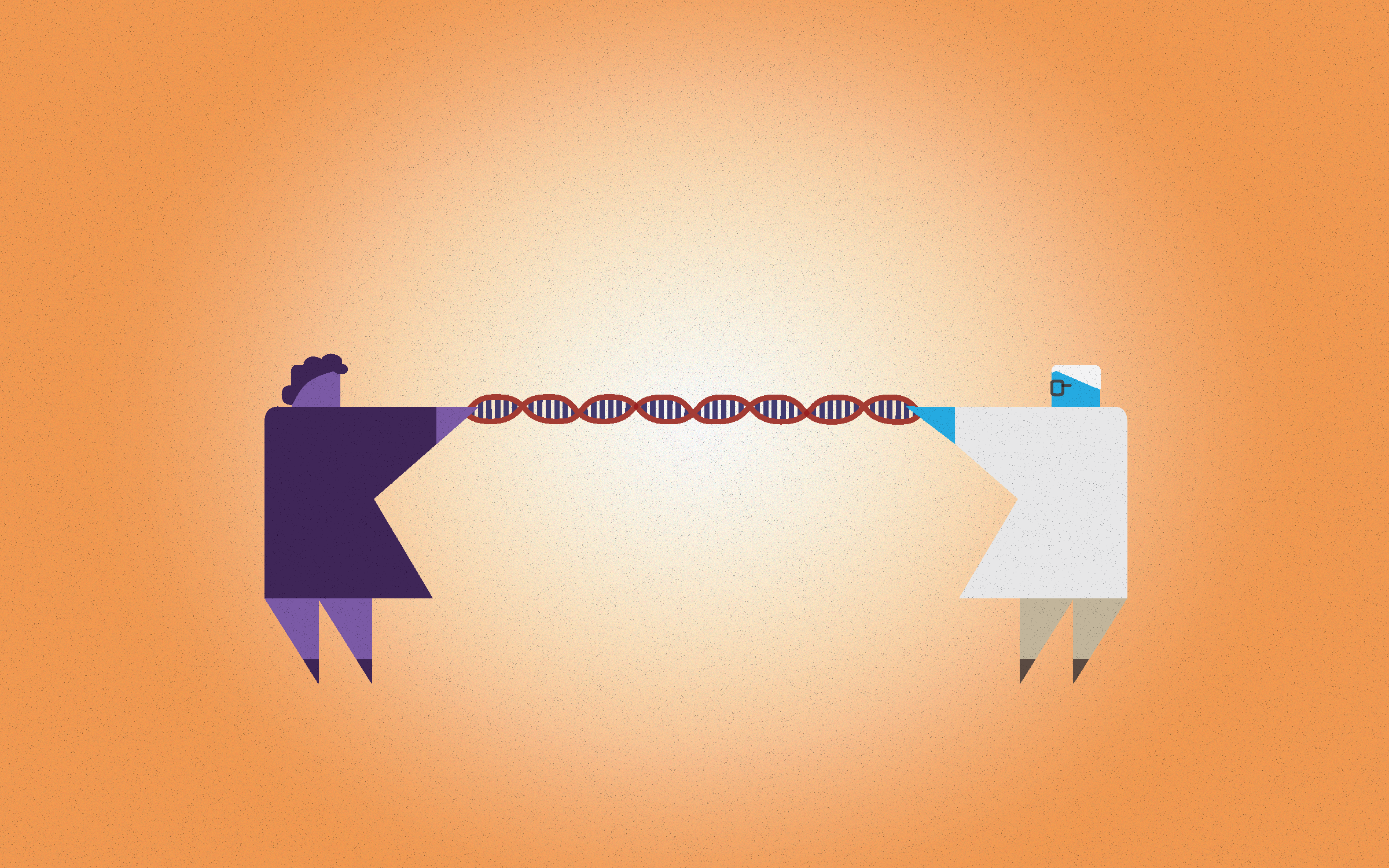
Originally posted by MiSciWriters. Header image by Sierra Nishizaki. Scattered around your house or apartment, lightly coating the surface of your coffee table and lurking in the nooks and crannies of each room, discarded layers of yourself can be found in the form of skin and hair cells. Regardless of how much of clean-freak you are, it’s unlikely…
-
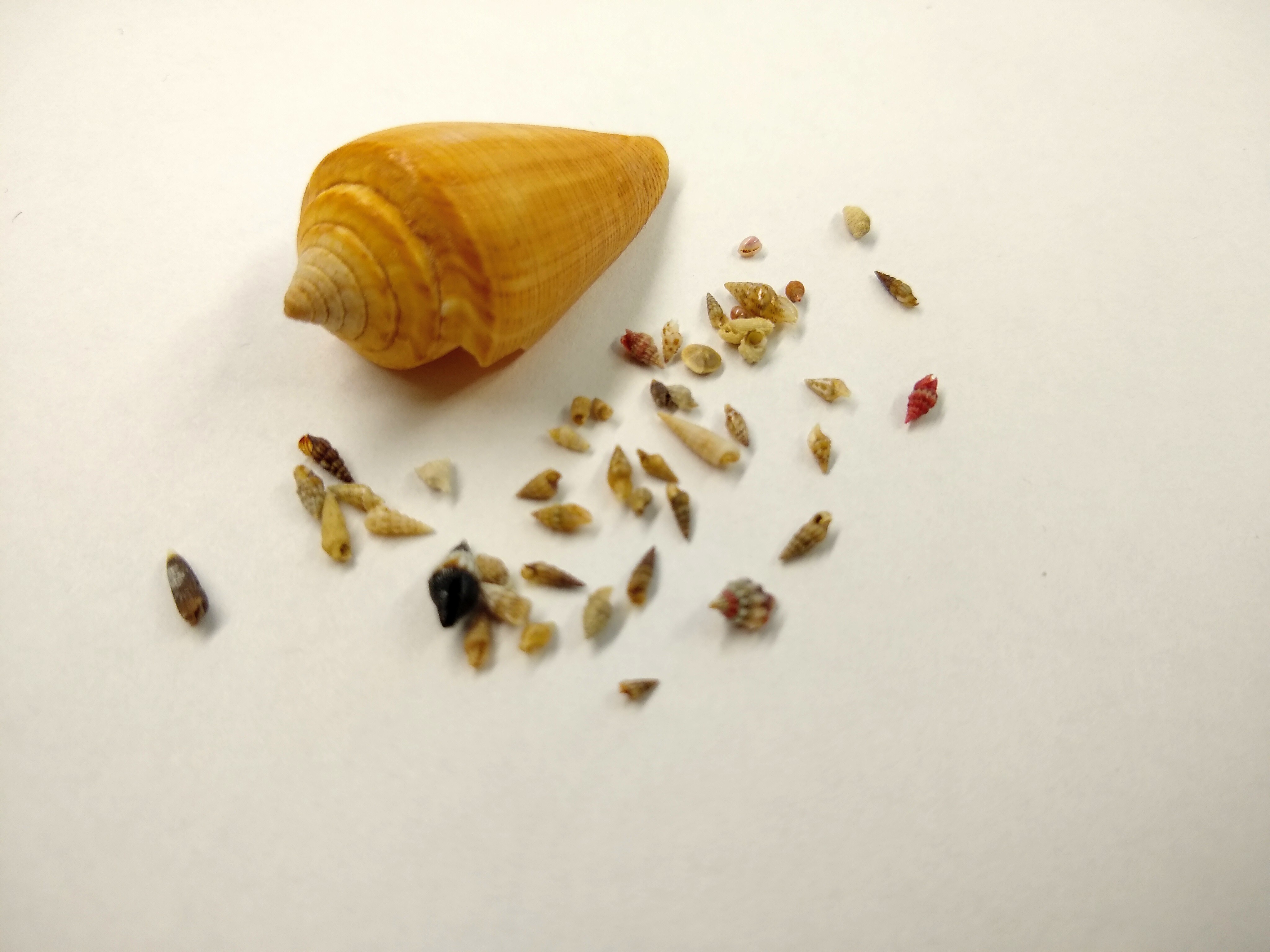
This article, continuing from my previous one about snails, was inspired by a guest lecture for the Life Science Institute at the University of Michigan by Dr. Baldomero Olivera of University of Utah. Header image is of Conus furvus, a snail-hunting cone snail from Olango Island, Cebu, collected by fishermen in shallow water. In the warm…
-

Originally published on Hektoen International’s Journal of Medical Humanities. Submitted to their summer essay contest. On a warm spring day in Denmark in 1950 two brothers, Viggo and Emil Hojgaard, ventured out into the marshlands to gather peat to make fuel. With hefty sharp spades, they cut out earthen bricks of decayed organic matter to…
-
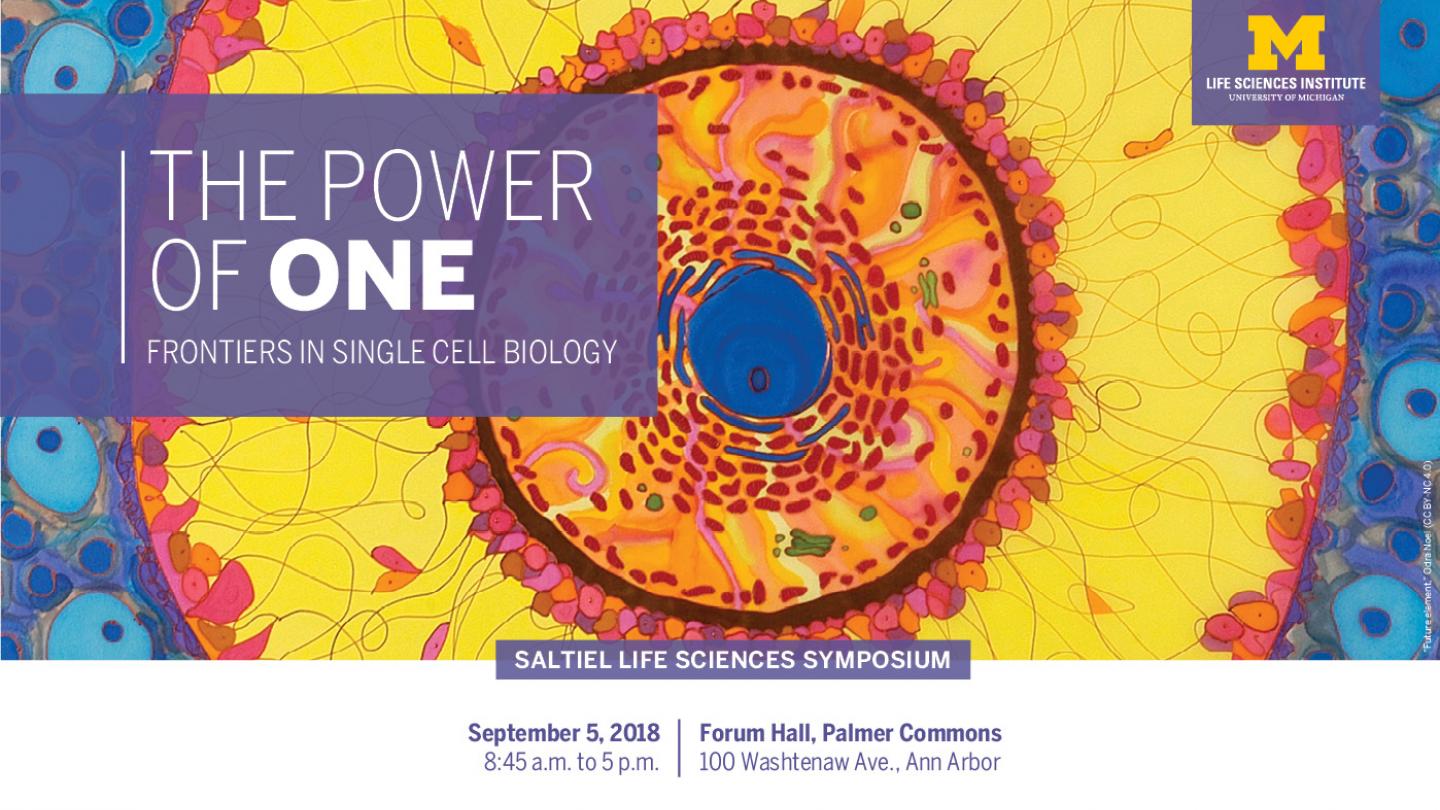
Originally posted by the Life Science Institue. Robert Hooke published the first known observation of cells in the mid-1600s, describing a cork tree sample as “perforated and porous, much like a Honey-comb.” Since this observation, this smallest unit of life has been extensively studied, from its role in metabolism to mental activity, having a fundamental…

